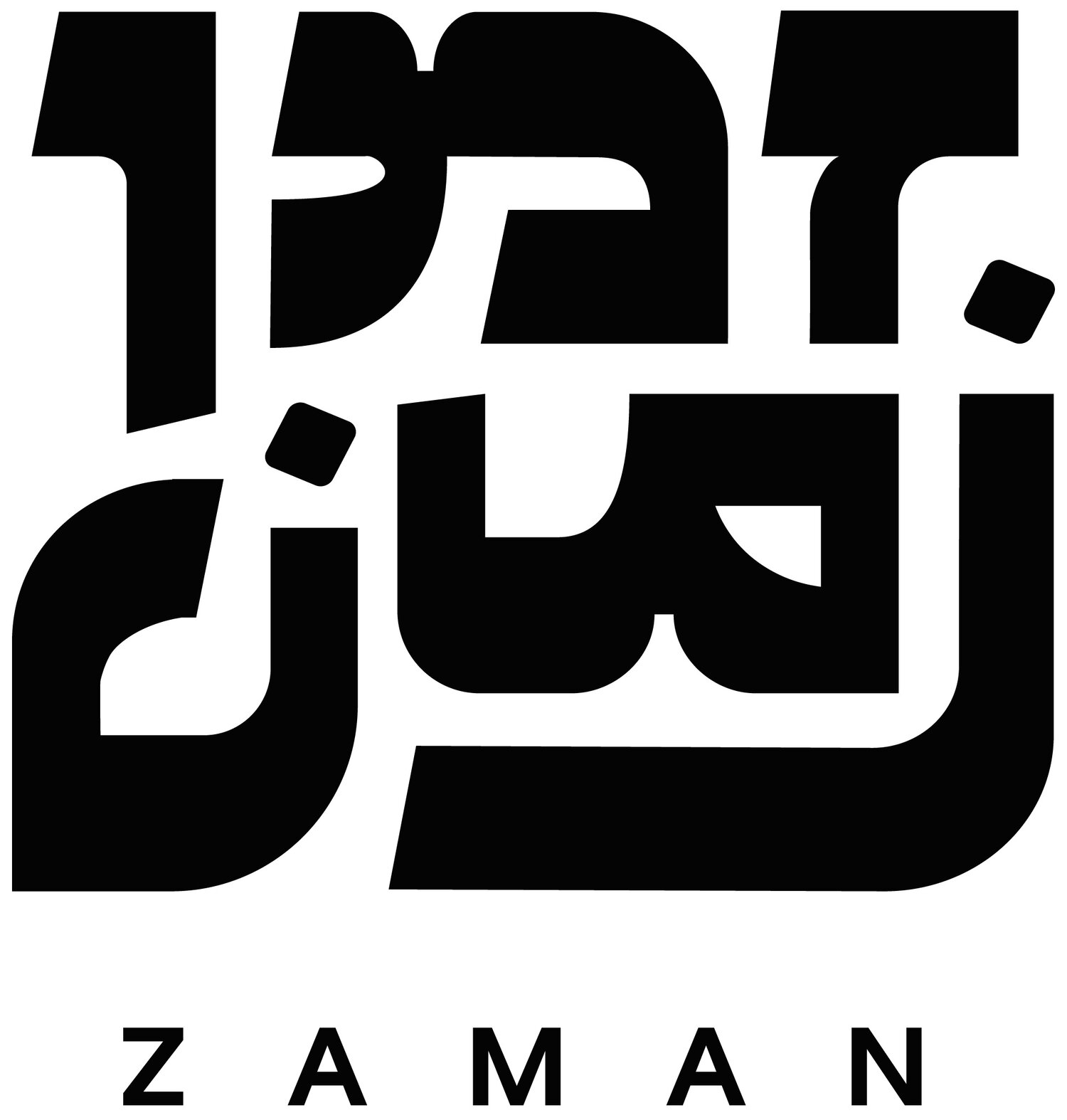Dissonance and Return: Middle Eastern Philosophy in Harmony
Harmony is defined as the combining of simultaneously sounded musical notes to produce chords, and chord progressions having a pleasing effect. This seems simple enough, until we try to understand what that word ‘pleasing’ means in context. How would you describe a ‘pleasing’ harmony? Major keys are commonly considered ‘happy sounding,’ while minor keys are sad or contemplative - the arrangements of and transitions between such chords can determine how ‘pleasant’ a musical phrase sounds to the ear. Most people growing up listening to European or European-influenced music consider this a natural observance, but in reality, it is very much dependent on environmental influences.
From a classical ‘Western’ perspective, harmony and tonality in music theory have an extremely strict set of rules to achieve this ‘pleasing’ nature, from melody shape to chord progressions to even the 12 equally tempered notes available. The foundation of Western music theory is rooted in Christian monk chorales and has continued through modern North American-centered pop. Due to the pervasiveness of this system of theory implemented through centuries of European imperialism and expansion, it has come to be known as the gold standard musical approach. With a precise geometry of mathematical tones and overtones determining what sounds ‘good,’ most of us living in environments exposed to this camp of musical ‘law’ would probably agree that anything deviating from these set rules sounds wrong, or at least a little off. Middle eastern music, on the other hand, operates with different musical goals in mind.
First off, in the most elementary aspects of traditional music hailing from across Asia, the system of just 12 equally tempered (the same distance from each other) tones is rare. From Tuvan throat songs to classical Persian music to Gamelan music of Southeast Asia, semitones, notes lying in-between the core tenants of the 12-note scale, are widely applied. Now, the next question to arise from this observance is, if this 12 note arithmetically perfect system is in fact perfect, then how can these semitones operate with ‘harmonic pleasure’? The key to this answer is, in essence, much larger than music, and is a direct parallel to the divergence between Christian European ‘harmony’ versus its older Middle Eastern counterpart.
Zoroastrianism, one of the world’s oldest active religions, is an ancient Iranian monotheistic faith responsible for the base beliefs and influences for every major world religion. Though it began as religious in nature, many Zoroastrian rituals have been integrated into the secular culture of the Middle East, particularly in the case of Iranian culture. Rituals of the passage of time throughout the year, like Chaharshanbe Suri’s fire jumping and most rituals of Nowruz in particular, are examples of these lasting traditions in the Middle East. One of Zoroastrianism’s biggest ideological pillars is its emphasis on dualistic cosmology, the moral or spiritual belief that two fundamental concepts exist that inherently oppose each other. Famous examples of this dynamic being good versus bad, chaos and order, gods of opposing forces… etc.. The reach of Zoroastrianism’s dualistic cosmology into more modern Middle Eastern secular culture can be seen in countless forms of art with a strong theme of the opposition that exists between primordial, chaotic nature and orderly humanity. This dynamic is beautifully visually represented in Persian carpets, with their natural and growth-oriented design reigned in by the order of symmetry. The same relationship is seen in Islamic gardens, with the flora representing the chaos of nature while the meticulous and geometric grooming implements the sense of human intervention.
Now, how does this relationship factor into Middle Eastern harmony? If we understand the classical European sense of music theory as set and strict, or all order, Middle Eastern harmony brings the chaotic nature to that order, creating aesthetic balance. The dissonance, or a tension/clash resulting from the combination of two disharmonious or unsuitable elements, added to the return towards convention exploits a system of harmonic release, where deviating from then resolving to mathematical harmony creates a more satisfactory movement than never deviating at all. If we liken semitones in Western music to the concept of sinning in Christianity, then semitones in Middle Eastern music are like ‘missing the mark’ in Judaism. One is wrong, while the other allows for a more rewarding return to the path.
Of course, it must be pointed out that this phenomenon of creating intentional dissonance with the intention of resolution is actually not a totally foreign concept to music theory in Europe and America. For instance, the central ideal of Jazz theory revolves around this intentional dissonance, just in a context of chords rather than individual notes.
In recent years, Western pieces have slowly begun integrating systems of semitones, and with increasing cooperation between European and Middle Eastern musical influences, it is likely that we can look forward to even more.
Here are some videos of Middle-Eastern and MENA-influenced musical compositions that employ the use of microtonal notes:
Kara Toprak, arranged by Ricardo Moyano is originally a Turkish piece utilizing a custom tuning system to include the necesary microtones (wonderful explanation by Turkish classical guitarist Tolgahan Çoğulu below).
Further down is a piece by the Australian band King Gizzard and the Wizard Lizard which samples and modifys Kara Toprak. Custom microtonal intrusments made by the band allow and incredible fusion of Middle Eastern melody and more modern rock energies.

